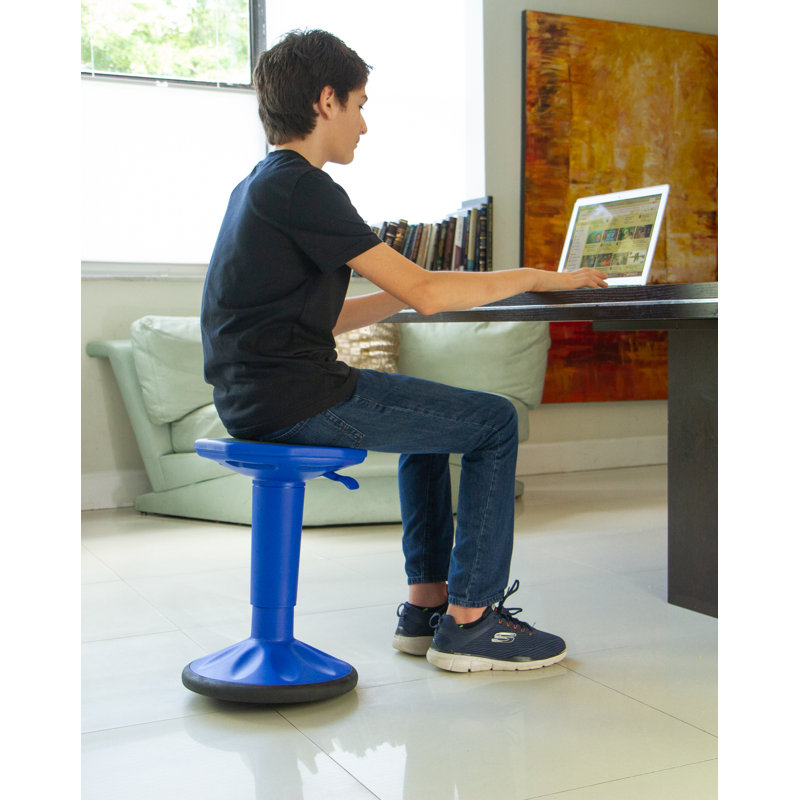Flexible Seating for eLearning
If your kids are anything like mine, long hours of synchronous instruction in eLearning can be a struggle. Flexible seating is a strategy that teachers have begun using in classrooms over the last several years that can be an easy crossover into eLearning from home. "When isolated from other measured factors, classroom flexibility is about as important as air quality, light, or temperature in boosting academic outcomes (Merrill, 2018)."
When we look at a framework like Universal Design for Learning in which student preference is valued, the results from the study showing flexible spaces can boost academic performance aren't really that surprising. Students learn best when they have ownership of the experience. We can give students ownership over their learning experience and increase engagement by incorporating appropriate choice. If teachers are able to make flexible seating work in classrooms with 20 plus students, we can certainly think about how to explore this strategy for increasing sustained attention and engagement at home.
Flexible Seating Options
Desk chair - this is standard, but of course is still an option
Yoga Ball- these can come with feet so they don't roll around your home or classroom and are available in various sizes (for different ages of students) from 14", 18", 20" and adult sized.
Wobble Chair - these are also available in various sizes and of course colors.

Lap Desk - sometimes younger children enjoy sitting on the floor or couch in a cozy spot with a lap desk.

Wobble Cushions - these are pretty neat because they can be used on the floor or put on a chair to turn into chair into a wobble chair!
How to Implement Flexible Seating
Part of what we're doing here is re-engaging the students with their massive amounts of screen time by changing up their physical position. So, there's tons of different ways to make this work. One way might be to have the child switch seating for each class period. For example, my daughter's middle school has block scheduling, which means each period is live for 90 minutes. I could have her switch her seating every 90 minutes. One period at the traditional desk with a chair. One period she may choose to sit at her desk with her yoga ball. Perhaps for another period she chooses to sit on the couch with a lap desk. It's important to keep guidelines so that students can distinguish work time from play or rest time though. One example may be, no laptop or attending class online in the bed. You may sit on the floor, on the couch, at the dining room table, at a desk, but the bed is off limits for learning time. You can be flexible with your seating, while establishing boundaries. Remember that the goal is optimal engagement with the online lessons.



